Kamila Abdiyeva
Skeleton-Based Human Action Recognition with Global Context-Aware Attention LSTM Networks
Jan 11, 2018



Abstract:Human action recognition in 3D skeleton sequences has attracted a lot of research attention. Recently, Long Short-Term Memory (LSTM) networks have shown promising performance in this task due to their strengths in modeling the dependencies and dynamics in sequential data. As not all skeletal joints are informative for action recognition, and the irrelevant joints often bring noise which can degrade the performance, we need to pay more attention to the informative ones. However, the original LSTM network does not have explicit attention ability. In this paper, we propose a new class of LSTM network, Global Context-Aware Attention LSTM (GCA-LSTM), for skeleton based action recognition. This network is capable of selectively focusing on the informative joints in each frame of each skeleton sequence by using a global context memory cell. To further improve the attention capability of our network, we also introduce a recurrent attention mechanism, with which the attention performance of the network can be enhanced progressively. Moreover, we propose a stepwise training scheme in order to train our network effectively. Our approach achieves state-of-the-art performance on five challenging benchmark datasets for skeleton based action recognition.
On Minimal Accuracy Algorithm Selection in Computer Vision and Intelligent Systems
Aug 12, 2016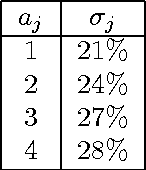
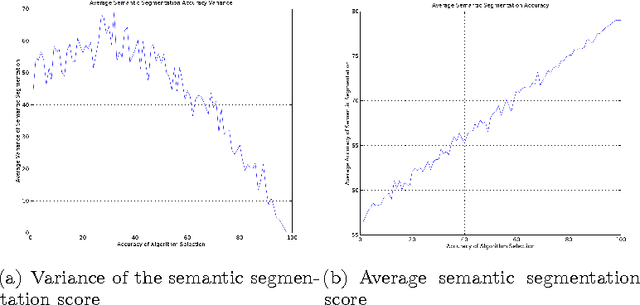
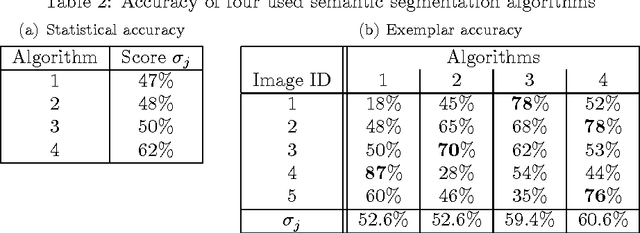
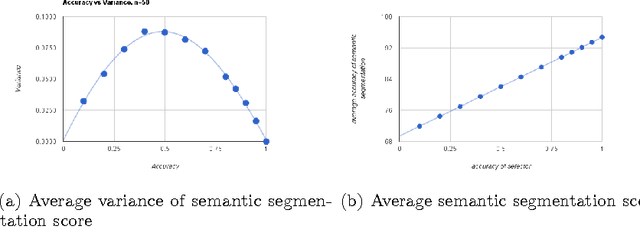
Abstract:In this paper we discuss certain theoretical properties of algorithm selection approach to image processing and to intelligent system in general. We analyze the theoretical limits of algorithm selection with respect to the algorithm selection accuracy. We show the theoretical formulation of a crisp bound on the algorithm selector precision guaranteeing to always obtain better than the best available algorithm result.
Reasoning and Algorithm Selection Augmented Symbolic Segmentation
Aug 12, 2016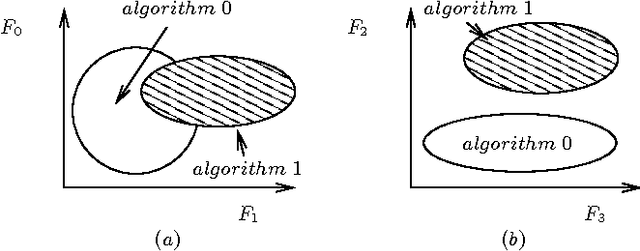

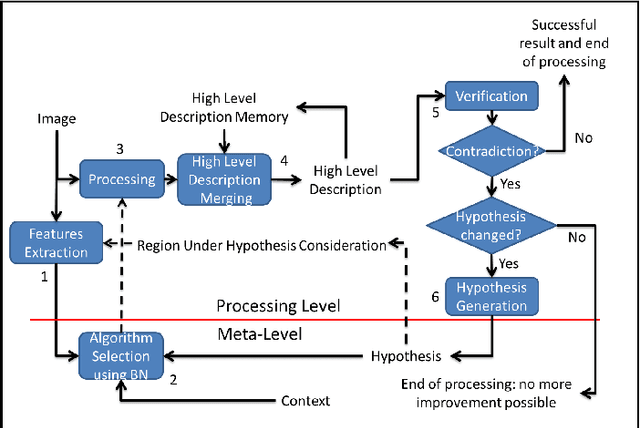

Abstract:In this paper we present an alternative method to symbolic segmentation: we approach symbolic segmentation as an algorithm selection problem. That is, let there be a set A of available algorithms for symbolic segmentation, a set of input features $F$, a set of image attribute $\mathbb{A}$ and a selection mechanism $S(F,\mathbb{A},A)$ that selects on a case by case basis the best algorithm. The semantic segmentation is then an optimization process that combines best component segments from multiple results into a single optimal result. The experiments compare three different algorithm selection mechanisms using three selected semantic segmentation algorithms. The results show that using the current state of art algorithms and relatively low accuracy of algorithm selection the accuracy of the semantic segmentation can be improved by 2\%.
Symbolic Segmentation Using Algorithm Selection
May 29, 2015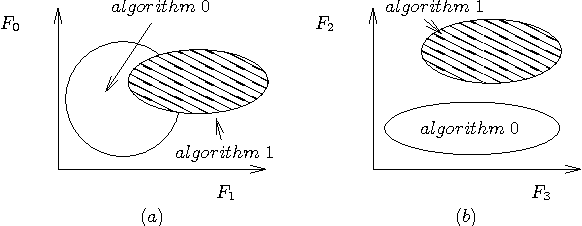

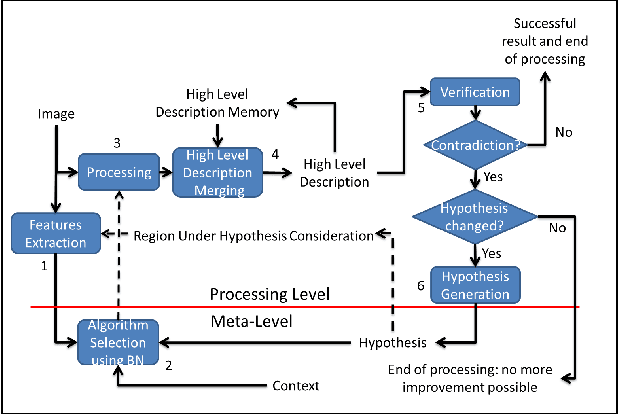
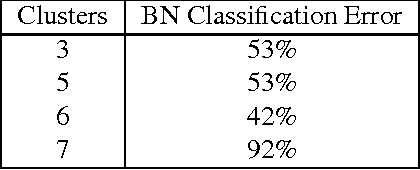
Abstract:In this paper we present an alternative approach to symbolic segmentation; instead of implementing a new method we approach symbolic segmentation as an algorithm selection problem. That is, let there be $n$ available algorithms for symbolic segmentation, a selection mechanism forms a set of input features and image attributes and selects on a case by case basis the best algorithm. The selection mechanism is demonstrated from within an algorithm framework where the selection is done in a set of various algorithm networks. Two sets of experiments are performed and in both cases we demonstrate that the algorithm selection allows to increase the result of the symbolic segmentation by a considerable amount.
 Add to Chrome
Add to Chrome Add to Firefox
Add to Firefox Add to Edge
Add to Edge